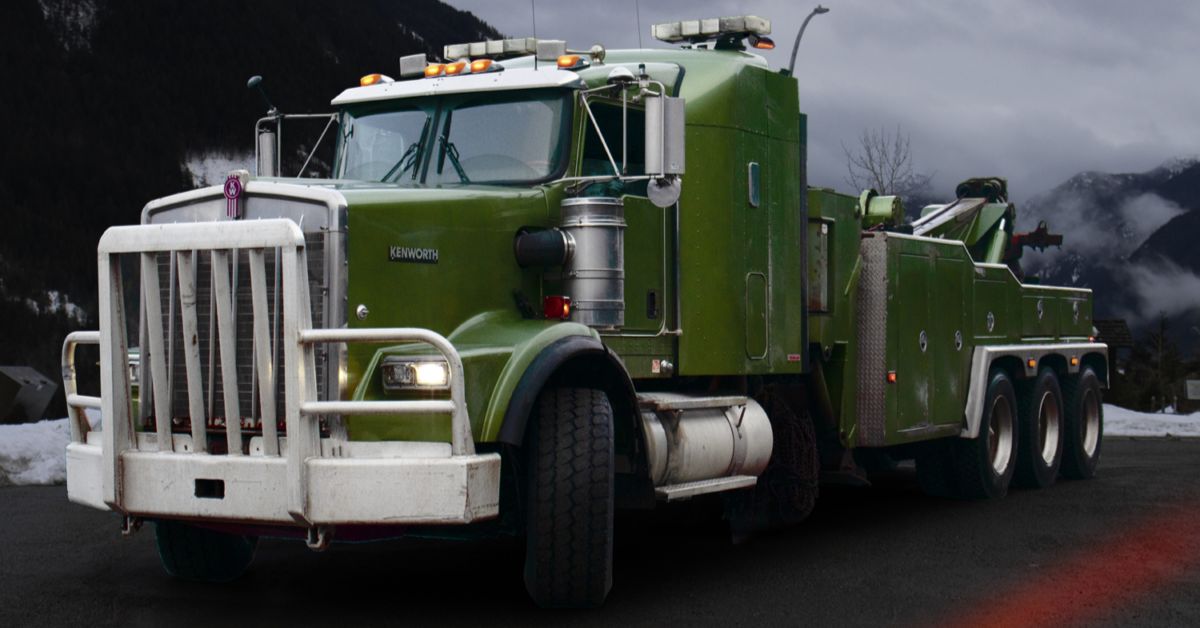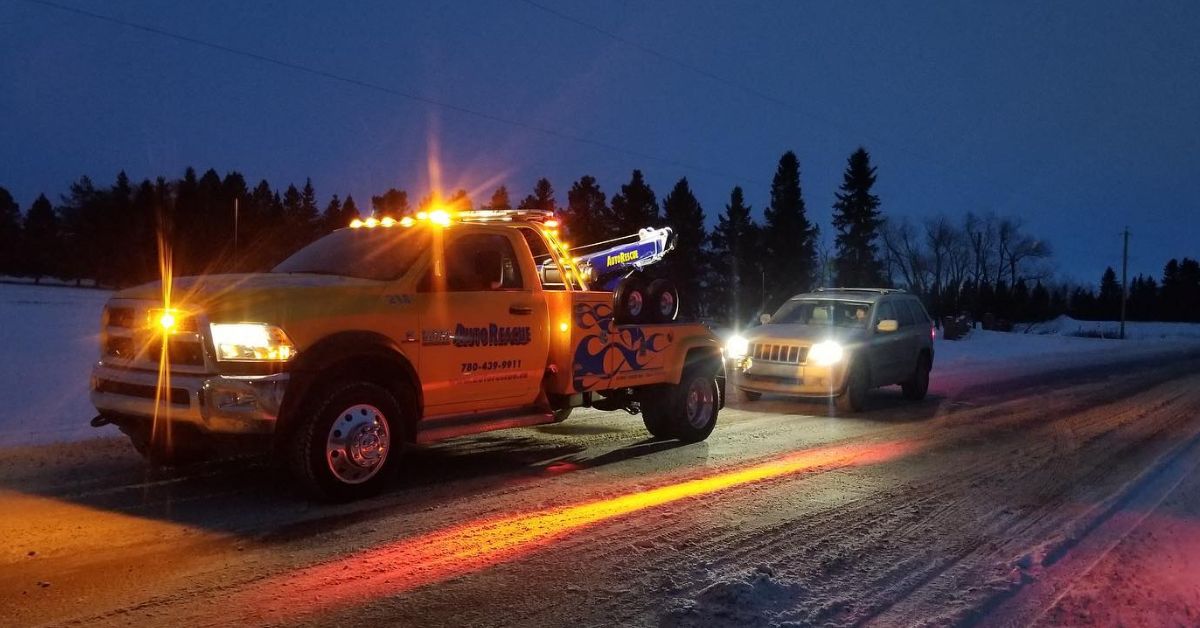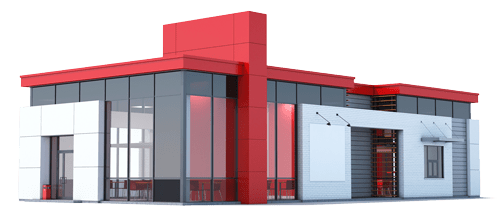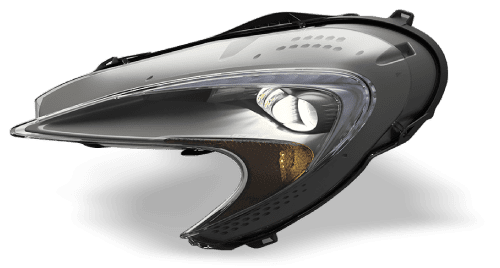
The Importance of Proper Lighting for Recovery Vehicles

Imagine this: it’s a dark, stormy night, and a car has slid off the road. As a recovery vehicle operator, you’re the first one there.
Your ability to safely and efficiently handle this situation depends heavily on one thing: your lighting.
It’s not just about seeing what you’re doing; it’s about making sure everyone else sees you, too. Understanding the importance of proper lighting for recovery vehicles is the first step toward a safer work environment for everyone.
Don’t arrive at the next job ill-equipped; learn the role lighting plays in a recovery and how you can leverage this tech today.
Be Seen, Be Safe: The Role of Visibility
When you’re working on the side of a busy road, visibility is everything.
Your vehicle’s lighting system serves as a powerful signal to other drivers, alerting them to slow down and proceed with caution. Good lighting cuts through rain, fog, and darkness, creating a visible perimeter around your work area.
Think about it from the perspective of an approaching driver.
A brightly lit recovery vehicle is impossible to miss, giving them ample time to react. This significantly reduces the risk of secondary accidents, which are a constant threat in roadside operations.
For the operator, powerful work lights illuminate the entire scene, making it easier to assess the situation, hook up the vehicle, and clear the area quickly and safely.
A Beacon of Safety in Hazardous Conditions
Proper lighting is a direct investment in your safety and the safety of others.
When your vehicle is readily equipped with high-quality warning lights, you create a protective bubble. This visual barrier communicates a clear message: “Caution, work in progress.”
Effective lighting also prevents on-the-job injuries.
How many times have you had to work in low-light conditions, fumbling with equipment or tripping over unseen objects? Bright, reliable work lights turn night into day, allowing you to see every detail of the recovery.
This means you can operate machinery with confidence, navigate tricky terrain, and avoid potential hazards.
Decoding the Different Types of Lighting
Recovery vehicles use a combination of LED safety lights, each with a specific job. Understanding what they are and what they do can help you build the most effective lighting setup for your truck.
Warning Lights and Beacons
These are the attention-grabbers. Flashing strobe lights, beacons, and light bars are designed to be seen from a distance. They typically use bright, bold colors like amber, red, and blue to signal an emergency or hazard. Their primary function is to alert other drivers and create a safe zone around your vehicle.

Scene and Work Lights
Once you’re on site, you need to see what you’re doing. Scene and work lights provide powerful, steady illumination over a large area. Often mounted on the sides and rear of the vehicle, these lights help you assess the recovery, operate controls, and manage equipment without having to rely on a flashlight. They are your eyes in the dark.
Flood and Spot Lights
Sometimes you need to focus on a specific spot. Floodlights cast a wide beam to light up a broad area, similar to scene lights. Spotlights, on the other hand, produce a narrow, intense beam that you can direct at a specific point. This is useful for inspecting a vehicle from a distance or illuminating a precise part of your work area.
Staying Compliant: Regulations and Standards
Equipping your vehicle with the right lights isn’t just a good idea—it’s the law. Lighting regulations for recovery vehicles vary by state and local jurisdiction, so it’s crucial to know the rules in your area.
These regulations often specify the colors, placement, and flash patterns of warning lights.
Organizations like the Towing and Recovery Association of America (TRAA) also provide standards and best practices. Following these guidelines helps you remain compliant and enhances your operational safety.
Always check your local Department of Transportation (DOT) regulations to make sure your lighting setup meets all legal requirements.
Keeping Your Lights in Top-Notch Condition
Your lights are only effective if they work when you need them.
Even the best lighting system requires regular maintenance to function at its peak. Exposure to harsh weather, dirt, and vibrations during recovery operations can wear down your equipment over time.
Regular maintenance is a non-negotiable part of your routine. A pre-trip inspection should always include a quick check of all your lights. Are the lenses clean? Are there any cracked or burned-out bulbs?
Here are a few simple tips:
Clean Lenses Regularly: Dirt and grime can significantly dim your lights. Wipe them down at the start of each shift.
Check for Damage: Look for cracked housings or loose connections that could let moisture in.
Test All Functions: Cycle through your warning lights, work lights, and spotlights to make sure everything is operational.
Reliable lighting is the cornerstone of safety—keeping it in top shape should always be a priority.
A few minutes of maintenance can prevent a major failure on the road. A well-maintained lighting system is a reliable one.

Advanced Lighting Technology
Modern recovery vehicle lighting has seen significant advancements in technology, offering features that enhance safety and efficiency.
LED lighting systems, for example, are now the industry standard due to their durability, brightness, and energy efficiency. Many advanced systems also include programmable flash patterns, remote operation, and integration with other safety tools, such as cameras.
Investing in cutting-edge lighting technology not only improves your vehicle’s performance but also ensures you’re equipped to handle diverse recovery scenarios with confidence.
Lighting the Way to a Safer Future
As we’ve seen, the lights on your recovery vehicle do more than just brighten up a dark road.
They are a fundamental part of your safety equipment, protecting you, your customers, and the public. From enhancing visibility and preventing accidents to complying with regulations, the importance of proper lighting for recovery vehicles is not something you should ignore.
By investing in a quality lighting system and keeping it well-maintained, you’re not just doing your job—you’re making the roads safer for everyone. Take action today—inspect, upgrade, and maintain your vehicle’s lighting to guarantee peak performance and safety for every mission.


